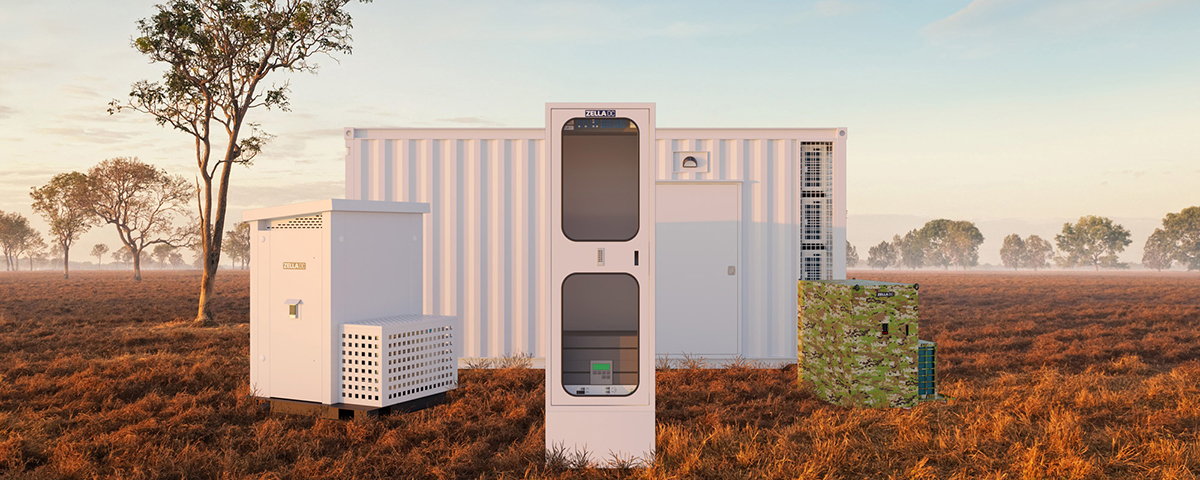In today’s digital-first world, the way we manage, process, and secure data is undergoing a profound transformation. For years, centralised data centres have formed the backbone of IT strategies. But with the explosion of connected devices, real-time applications, and globally distributed workforces, that model is no longer enough.
Welcome to the era of edge computing, and with it, the need to rethink your IT strategy.
Why the edge is no longer optional
Every second, data is being generated at the edge: from factory floors and rural hospitals to retail stores and mining sites. Waiting to send that data back to a central hub for processing isn’t just inefficient; t can be a deal-breaker for performance, user experience, and operational continuity.
Here’s why edge infrastructure is now a business imperative:
- Latency matters: In industries like healthcare and manufacturing, milliseconds count. Edge computing brings processing power closer to the source.
- Bandwidth constraints: Transmitting huge volumes of data to central servers is costly and often impractical.
- Resilience: Centralised models create single points of failure. Edge deployments add redundancy and keep operations running locally—even when connectivity fails.
- Compliance & sovereignty: Local data processing helps organisations meet regulatory requirements for data residency and privacy.
What a future-ready IT strategy looks like
To thrive in the next decade, your IT strategy must evolve to support agility, decentralisation, and resilience. A future-ready framework includes:
- Decentralised infrastructure – Move beyond the “data centre or cloud” binary. Edge deployments offer a third path — one that enables fast, localised decision-making without sacrificing connectivity to central systems.
- Scalable, modular deployments – edge infrastructure must be flexible enough to deploy quickly and scale as needed. Whether you’re serving one remote site or a global network, modularity is key.
- Security at every level – With more endpoints and distributed systems, the attack surface expands. Micro data centres, like those designed by Zella DC, are tamper-proof, climate-controlled, and come with built-in physical and digital security features.
- Sustainable operations – Efficiency is non-negotiable. Micro data centres consume less power, require less space, and contribute to greener IT operations — without compromising performance.
Micro data centres: the backbone of edge strategy
A micro data centre is a self-contained, plug-and-play IT infrastructure unit that includes power, cooling, security, and monitoring systems in one compact enclosure. They’re designed to be deployed anywhere, from urban rooftops to remote outback stations.
At Zella DC, we’ve built micro data centres that are:
- Rugged and reliable, even in extreme conditions
- Easy to transport and deploy within hours
- Energy-efficient, with smart cooling and environmental controls
- Built to secure sensitive equipment and data, no matter the location
In short, they’re the perfect solution for businesses looking to extend their digital reach without the overhead of traditional data centres.
Who’s already ahead of the curve?
Organisations across industries are already investing in edge-ready infrastructure:
- Healthcare: Remote diagnostic tools and on-site data processing
- Retail: Smart stores and real-time analytics
- Mining: Autonomous systems and real-time communication in remote areas
- Education: Edge-enabled e-learning infrastructure
These aren’t futuristic use cases, they’re happening now.
How to get started
Transitioning to an edge-first strategy doesn’t need to be overwhelming. Start with a few key questions:
- Where are we experiencing latency or downtime?
- Which operations would benefit from local processing?
- Are we prepared to scale IT infrastructure outside traditional locations?
A phased rollout – Assess → Pilot → Scale – is often the most effective way to test and refine your edge infrastructure strategy.
The bottom line: the edge is now
The next decade will be defined by speed, decentralisation, and adaptability. Centralised models alone won’t meet the demands of tomorrow’s connected world. The edge is no longer an emerging trend: it’s the foundation of a modern, resilient IT strategy.
Don’t wait for disruption to catch up.
Ready to future-proof your IT infrastructure?
Contact Zella DC today to discover how micro data centres can power your edge strategy – securely, sustainably, and at scale.





